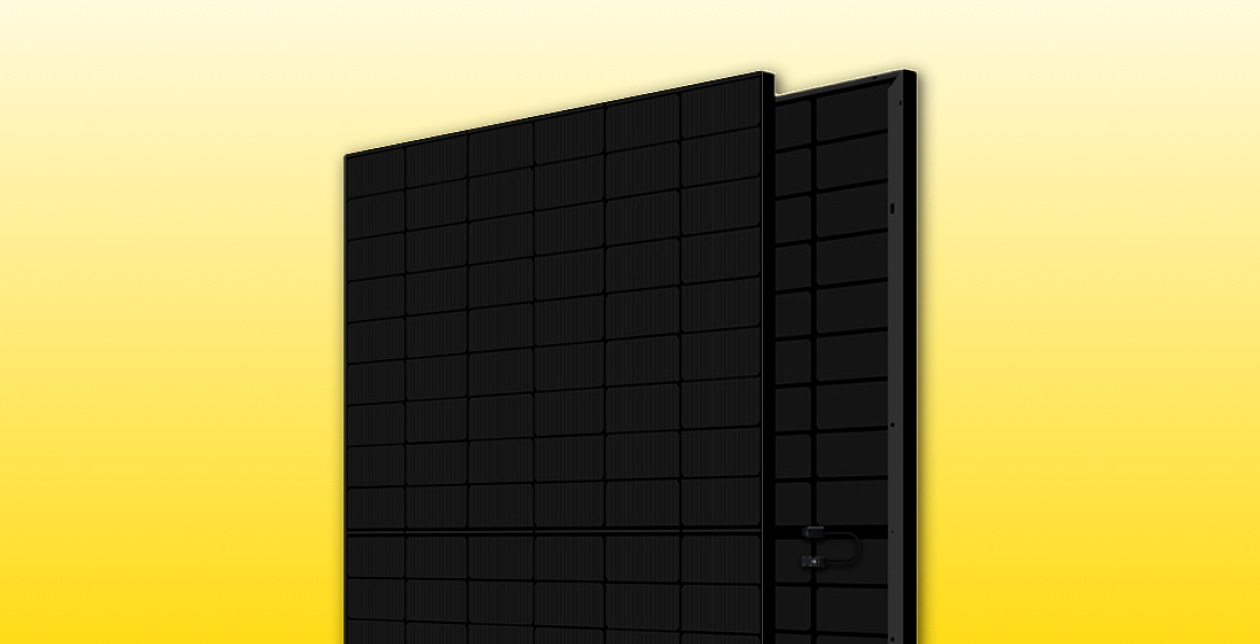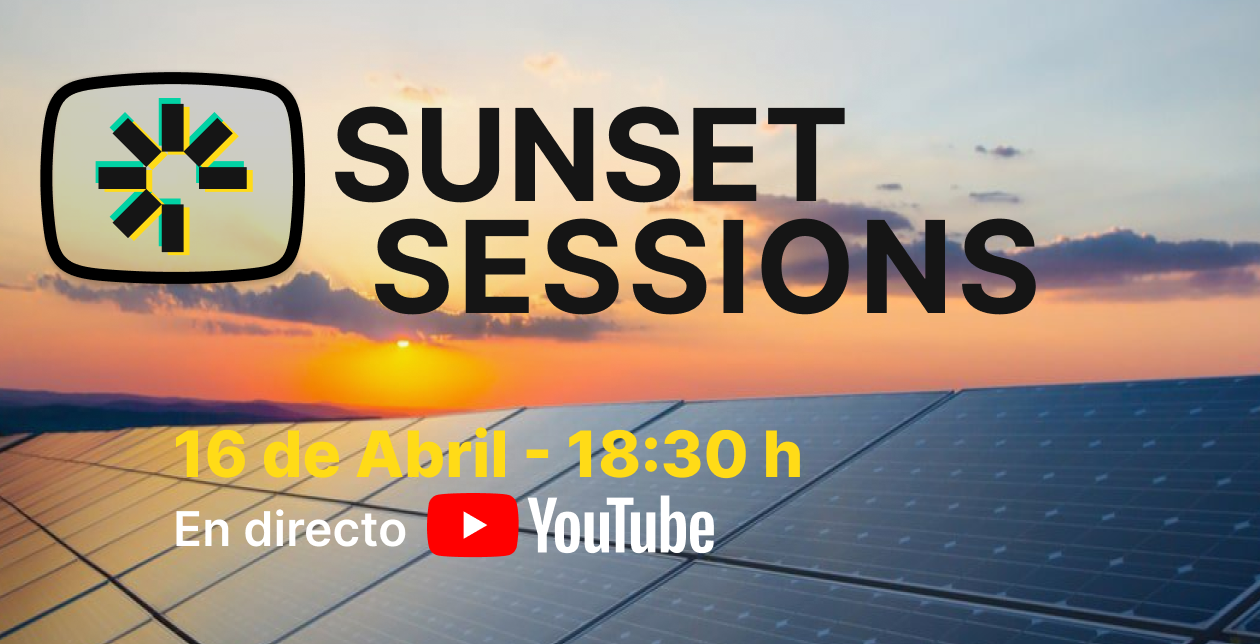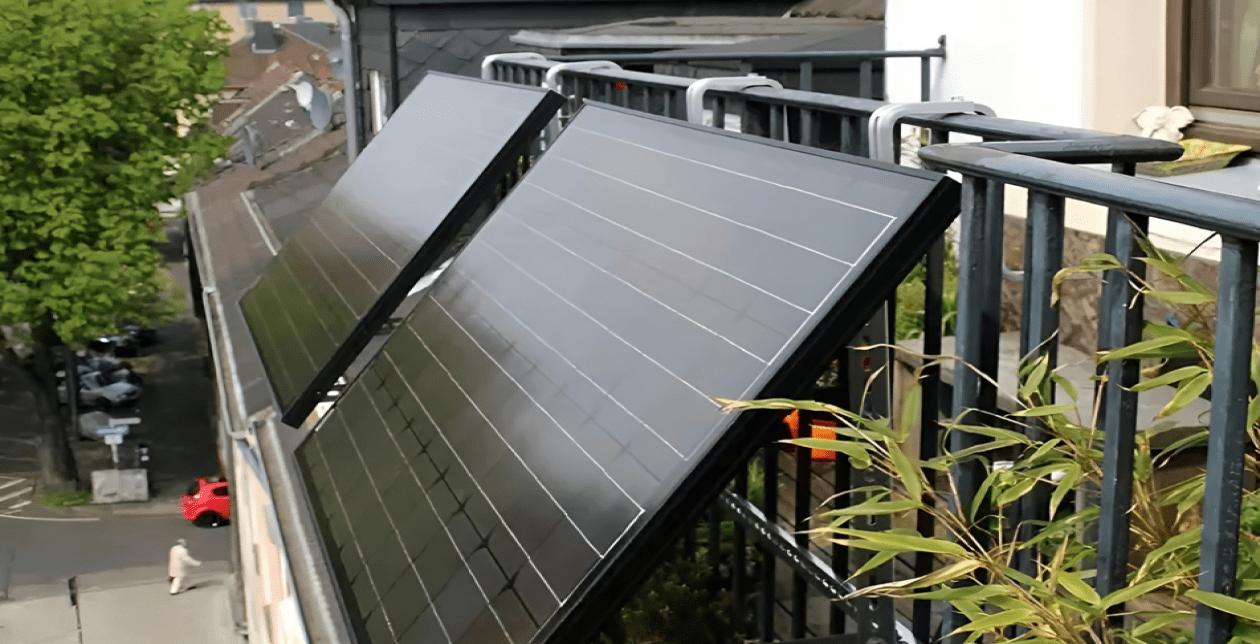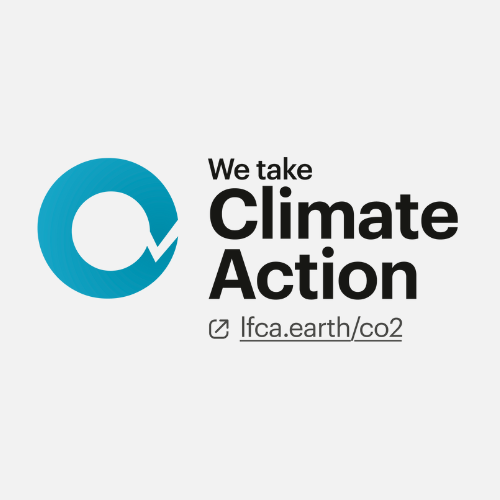
How resilient are solar panels really?
When you buy a plug & play solar kit, an important aspect of the purchase decision is the lifetime of the kit. After paying back the purchase price with your power bill savings in the first years, the really powerful effect of the solar kit is the consistent monthly free solar energy you get over decades. It is therefore key that your solar kit is resilient, and that at the end of its life you dispose of it safely and in an environmentally responsible manner.
Panel resilience
Conventional solar panels, like the ones we use in our Robinsun Performance 800, are extremely sturdy. They are designed to be highly resilient and durable, capable of withstanding various environmental conditions over their lifespan. Modern solar panels are typically made of tempered glass, which is highly resistant to hail, wind, and snow loads. Additionally, the frame and mounting system are engineered to withstand strong winds and harsh weather conditions. The panels also need to fully function in extreme temperatures, from sub zero cold to extreme heats in summer.
Solar panels generally undergo rigorous testing to ensure their durability and reliability in various environmental conditions. Some of the specific situations they are tested against include:
- Hail Impact: Panels are subjected to hail impact tests to simulate the effects of hailstones of different sizes hitting the surface. This ensures that the tempered glass used in solar panels can withstand hail storms without damage.
- Wind Resistance: Solar panels are tested for their ability to withstand high winds, including both static and dynamic wind loads. This testing ensures that panels remain securely attached to the mounting system even during severe wind events.
- Snow Load: Panels are tested to withstand the weight of snow accumulation on the surface without deforming or causing structural damage. This is particularly important in regions with heavy snowfall.
- Temperature Cycling: Solar panels undergo temperature cycling tests, where they are exposed to extreme temperatures ranging from freezing cold to scorching heat. This simulates real-world conditions and ensures that panels can withstand thermal expansion and contraction without degradation.
- Humidity and Moisture Resistance: Panels are tested for their ability to resist moisture ingress, including exposure to high humidity and water immersion tests. This ensures that panels remain watertight and resistant to corrosion over time.
- UV Exposure: Solar panels are exposed to ultraviolet (UV) radiation to simulate long-term exposure to sunlight. This testing ensures that the materials used in the panels, such as the encapsulant and backsheet, can withstand UV degradation without compromising performance.
- Mechanical Load: Panels undergo mechanical load tests to evaluate their structural integrity and resistance to bending and torsion forces. This ensures that panels can withstand the weight of installation and any external forces without breaking or deforming.
Overall, solar panels undergo comprehensive testing to ensure their resilience in a wide range of environmental conditions, providing confidence in their performance and longevity in real-world applications. Also, new technologies, like the TOPCOn and N-Type cells of our latest bifacial solar panels from QN Solar that we use at Robinsun, have shown to increase resilience. This has allowed the manufacturer to extend their production warranty from the 25 years of previous models to 30 years now.
However, while solar panels are robust, they are not indestructible. Extreme events like severe storms or falling debris can potentially damage panels, although such occurrences are relatively rare. Regular maintenance, such as cleaning to remove dirt and debris, can help optimize performance and longevity.
From our experience at Robinsun, we have found that even if the glass covering of a panel breaks or splinters, as long as the cell beneath the glass is not hurt the panels produce perfectly well. In our R&D location and several test sites we are running panels damaged in different ways every day in a controlled environment, measuring their production to understand if they can still be used despite the damage. So far results have been astonishingly positive, with no hazards or incidents recorded.
Safe disposal
Despite all improvements in resilience and all efforts to salvage panels, at some point their production will come to an end. It is at this point that a safe and sustainable disposal of a solar panel is key. Solar panels contain a lot of precious materials that can be recycled. The European Union (EU) has been actively working on legislation and regulations regarding the recycling of solar panels to address the growing number of solar panels reaching the end of their operational life. One key piece of legislation in this regard is the Waste Electrical and Electronic Equipment (WEEE) Directive.
The WEEE Directive sets requirements for the collection, treatment, recycling, and environmentally sound disposal of waste electrical and electronic equipment, including solar panels. Member states of the EU are required to transpose the directive into their national laws and establish systems for the collection and recycling of electronic waste, including solar panels.
Additionally, the EU's Circular Economy Action Plan aims to promote sustainable consumption and production practices, including the efficient use of resources and the recycling of products at the end of their life cycle. This broader framework supports initiatives related to the recycling and reuse of solar panels. Solar Power Europe, the solar industry’s organization on a European level, has published a very educational guideline on the matter.
Conclusions
Conventional solar panels are extremely sturdy and come with a production warranty of 30 years, to allow production of a lot of free solar energy for you. Even if slightly damaged, panels might produce at highest levels, if they are of a quality build and from a reputable manufacturer. Once their lifespan comes to an end, please dispose of them responsibly. Call your local special waste collection point to inform yourself of the current regulations and requirements. Until then, enjoy lots of self-produced solar power every day, reducing your power bills and saving you money.








Leave a comment
This site is protected by reCAPTCHA and the Google Privacy Policy and Terms of Service apply.